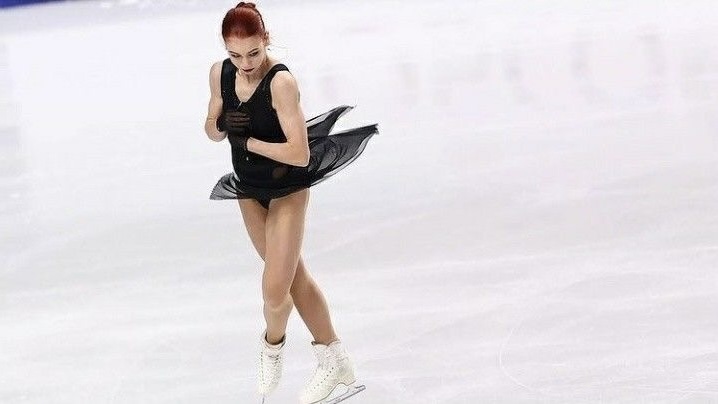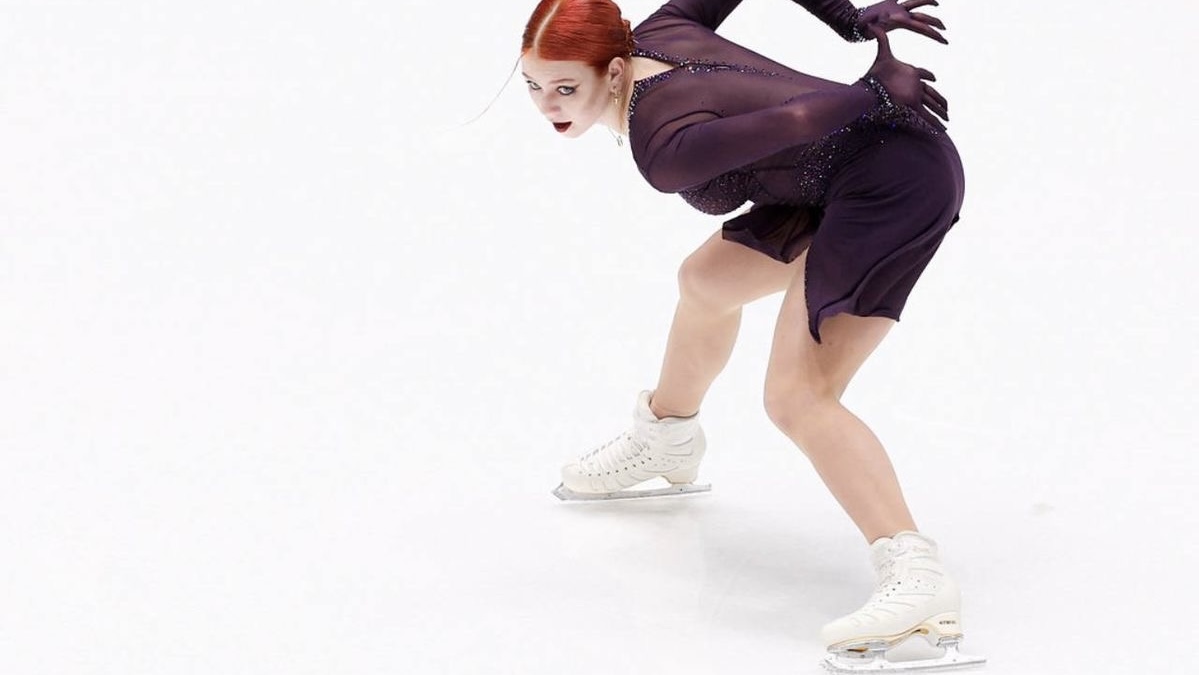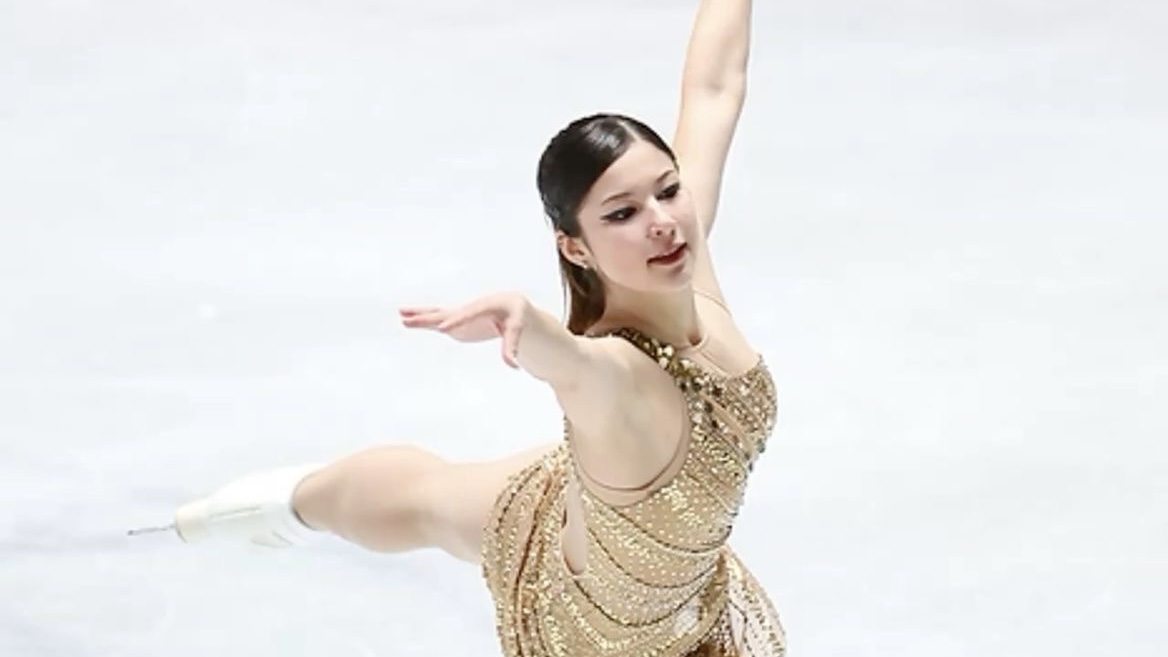Alexandra Trusova © Pinterest
Jumps are a cornerstone of figure skating, and mastering them requires not only power and technique but also an understanding of your own body. One question that often arises for beginners is which leg to initiate your jump with. While there’s no single “correct” answer, here’s a breakdown of the factors to consider when choosing your dominant jumping leg:
Natural Balance & Power:
- Balance: Pay attention to which leg feels more stable and provides better overall balance when standing on one foot. This leg might be a good candidate for your takeoff leg.
- Power: Some skaters naturally generate more power from one leg than the other. Identify the leg that provides a stronger push-off during strides or jumps. This leg could be your dominant jumping leg.
Jump Technique & Comfort:
- Toe Pick Jumps vs. Edge Jumps: Figure skating jumps fall into two categories: toe jumps (requiring the toe pick) and edge jumps (using the blade’s edge). For toe jumps (Salchow, loop, flip, Lutz), the takeoff leg is the same leg whose toe pick initiates the jump. For edge jumps (Axel, Euler), the takeoff leg is opposite the foot initiating the jump with the blade’s edge. Consider which jump type you find more comfortable and which feels more natural with a specific takeoff leg.
Coaching & Personal Preference:
- Coach’s Expertise: A qualified coach can observe your skating style, balance, and power to recommend a dominant jumping leg that best suits your technique and jump preferences.
- Your Preferences: Ultimately, the choice is yours! Experiment with both legs during practice jumps and see which feels more comfortable, powerful, and allows for better control in the air and upon landing.
Flexibility & Considerations:
- Don’t Be Restricted: While having a dominant jumping leg is common, some skaters can comfortably and effectively jump with either leg. This can be an advantage, allowing you to adapt to different jump combinations or situations.
- Focus on Balance & Control: Whichever leg you choose, prioritize proper balance, control, and clean technique throughout your jumps.
Remember:
- Practice Makes Perfect: With consistent practice and experimentation, you’ll develop a strong sense of which leg works best for your jumps.
- Consult Your Coach: Your coach can provide valuable guidance and ensure you’re developing proper jumping technique regardless of your dominant leg.
By understanding your body’s strengths and working with your coach, you’ll be well on your way to mastering jumps with both elegance and power, no matter which leg takes you airborne!



